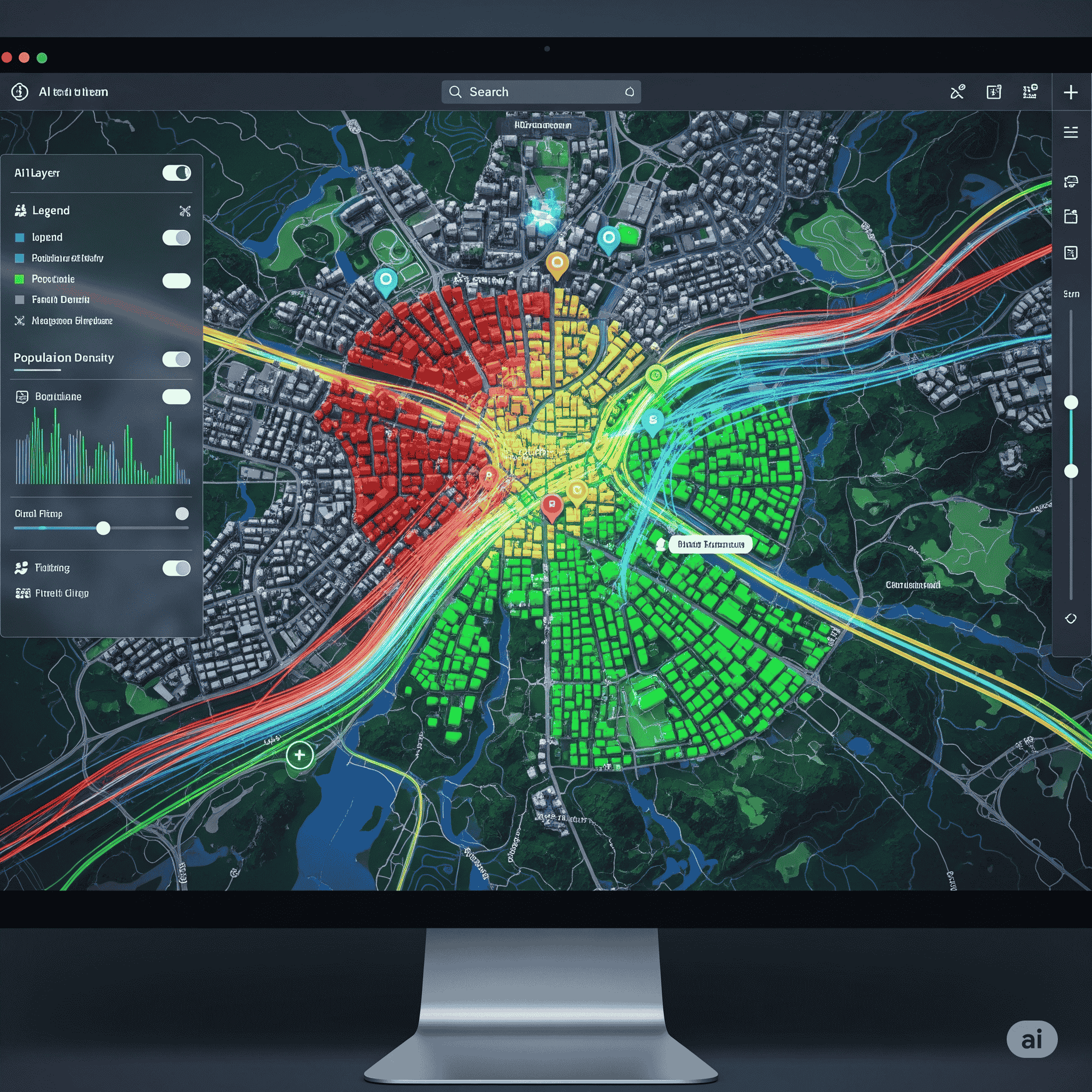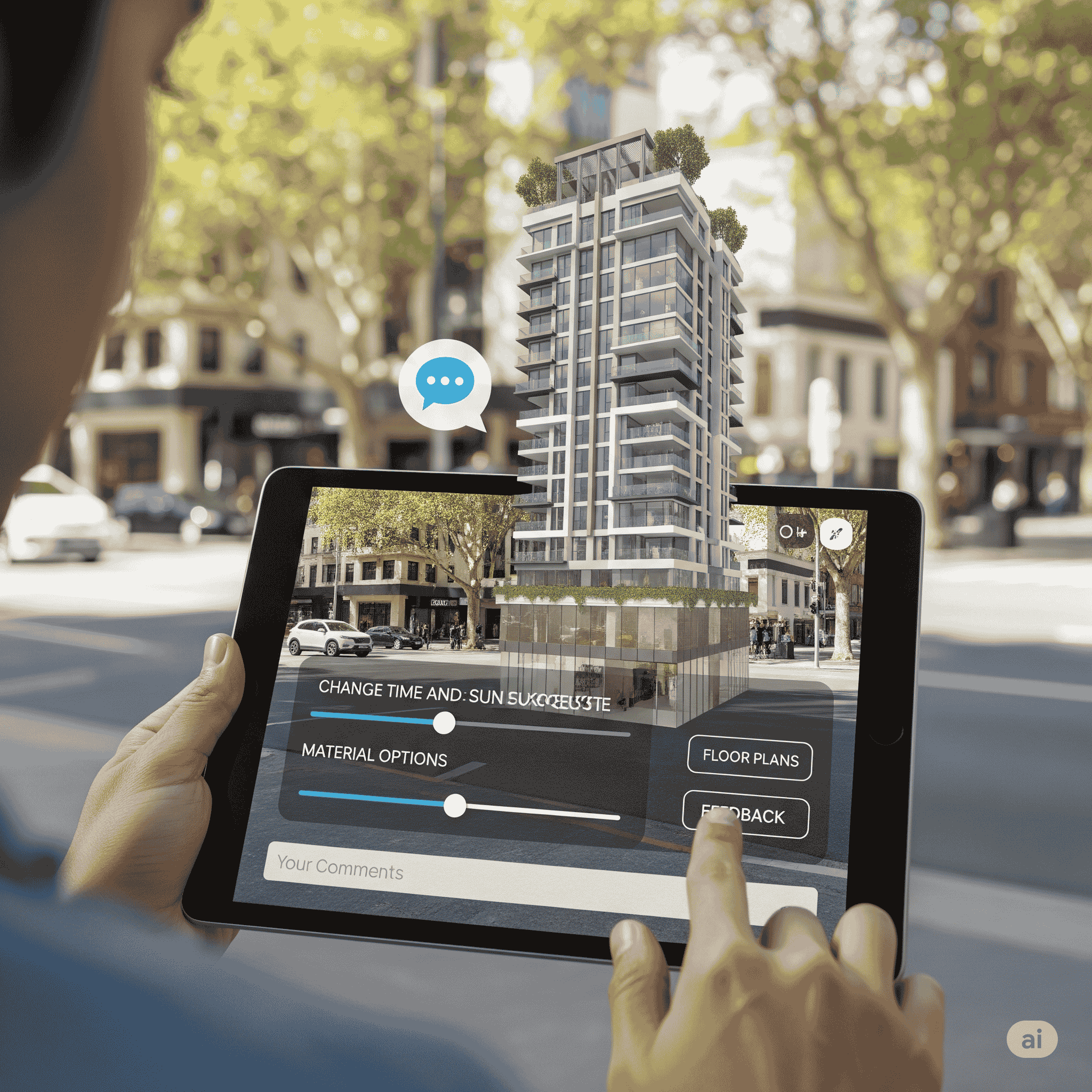
Urban Design Services That Meet Australian Green Building Standards
Discover how urban design services help meet Australian green building standards. Learn how Smart Planning and Design supports sustainable, compliant projects.
read more

For decades, the process of urban zoning has been a complex, time-consuming, and often contentious affair. Planners meticulously review countless pages of regulations, historical data, and development proposals, a process that can lead to significant delays and stifle innovation. But as Australia's urban centres continue to grow, this traditional model is proving to be a bottleneck for progress.
Enter AI-powered zoning—a revolutionary approach that leverages artificial intelligence to transform how we plan and design our cities. This is not about machines replacing human experts, but about augmenting their capabilities with data-driven insights and automated efficiency. By combining human creativity with the analytical power of AI, Smart Planning Australia is poised to enter a new era of development that is faster, more equitable, and more responsive to the needs of the community.
This innovative methodology is fundamentally changing the way urban planning operates, from initial concept to final approval. To understand the foundational concepts of this shift, we've explored the topic previously in our article, How AI-Powered Zoning Elevates Smart Planning.
AI-powered zoning operates by leveraging machine learning algorithms to analyse vast, complex datasets at a speed and scale impossible for a human team. Instead of relying on a single planner’s interpretation of regulations, the AI system can process millions of data points simultaneously, including:
By synthesizing these disparate data sources, AI can generate optimal zoning proposals that balance a wide range of competing priorities, such as sustainability, affordability, and economic growth. This data-driven approach moves planning from a reactive process to a proactive, predictive science, a core principle of Smart Design & Planning Australia.

AI-powered zoning doesn't exist in a vacuum; it is a critical component of a broader Smart City Australia strategy. A key technology that works in tandem with AI is the digital twin—a hyper-realistic virtual model of a city.
By feeding an AI-powered zoning proposal into a digital twin, planners and stakeholders can simulate the real-world impact of their decisions before they are implemented. This allows them to:
This powerful combination of AI and digital twins allows for a dynamic, iterative design process that reduces risk and fosters collaboration. We've previously discussed how this technology is building tomorrow's cities today. The synergy between these tools is creating a transparent and flexible planning process that is unmatched by traditional methods.
The advantages of AI-powered zoning extend far beyond the planning office, creating a more efficient and positive experience for everyone involved in urban development.

As Australia grapples with housing shortages, climate resilience, and population growth, AI-powered zoning is not just a theoretical concept; it's becoming a practical tool for shaping the future. From Melbourne's urban heat island mitigation efforts to Western Sydney's rapid growth corridors, AI is helping to ensure that new communities are designed for long-term sustainability and quality of life.
The technology can help city planners model how new developments will impact emissions, water usage, and biodiversity, ensuring that growth is not just about building more homes, but about building better, greener, and more resilient cities. This is how we are shaping Australia's future cities, leveraging the full power of technology to create truly smart and sustainable urban environments.
The future of urban planning is intelligent, data-driven, and collaborative. At Smart Planning & Design, we are leading the charge in integrating cutting-edge technologies like AI-powered zoning into our projects. Our team of experts specialises in Smart Planning Australia and Smart Design & Planning Australia, helping our clients navigate the complexities of modern development with innovative solutions that save time, reduce risk, and deliver exceptional results.
Contact us today to discover how AI and intelligent design can transform your next urban development project.

Discover how urban design services help meet Australian green building standards. Learn how Smart Planning and Design supports sustainable, compliant projects.
read more

Discover the benefits of mixed-use developments in town planning Australia. Learn how they boost convenience, sustainability, and community connection.
read more

Discover why feasibility studies are essential in town planning Australia. Learn how they save time, reduce risks, and improve approval chances.
read more